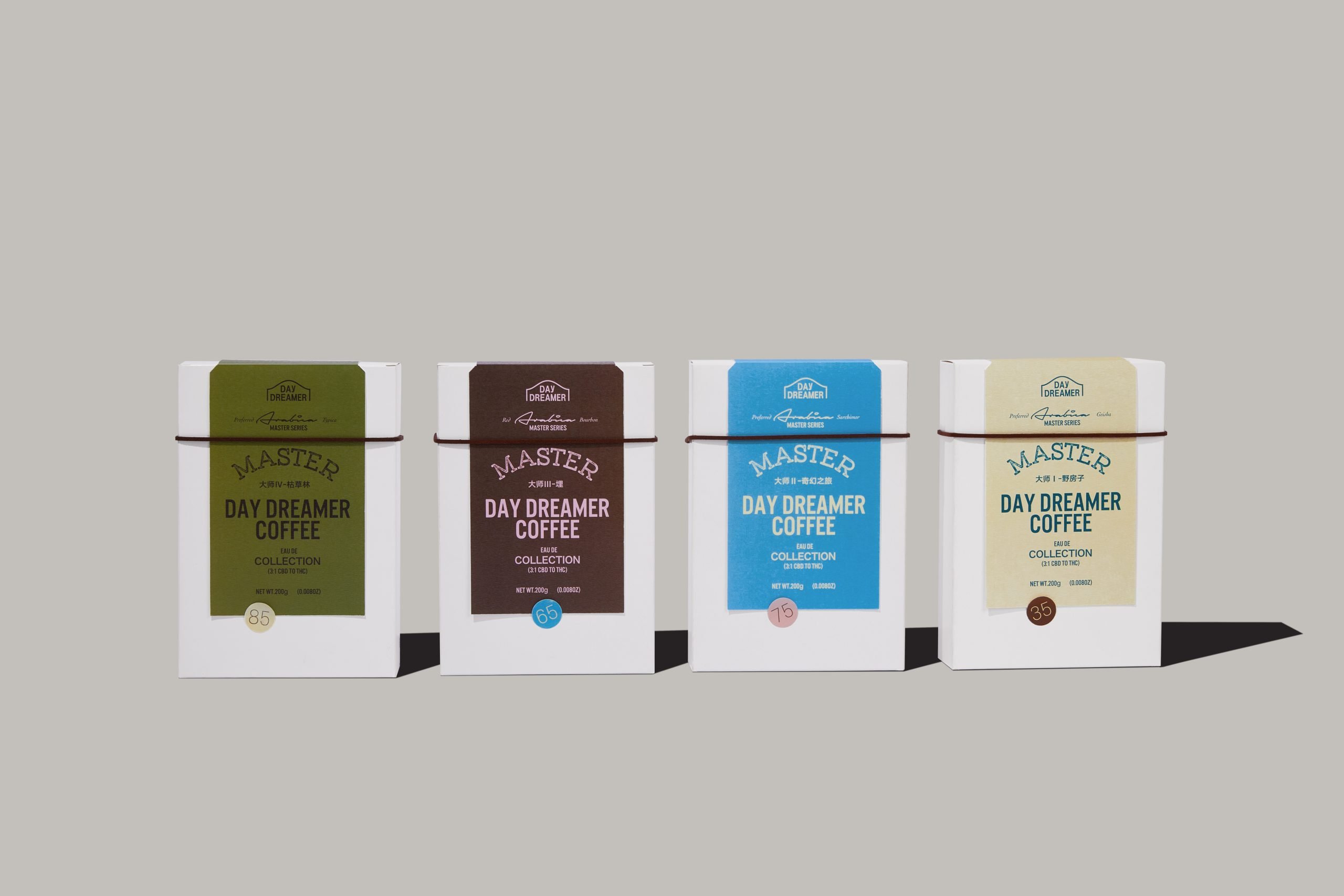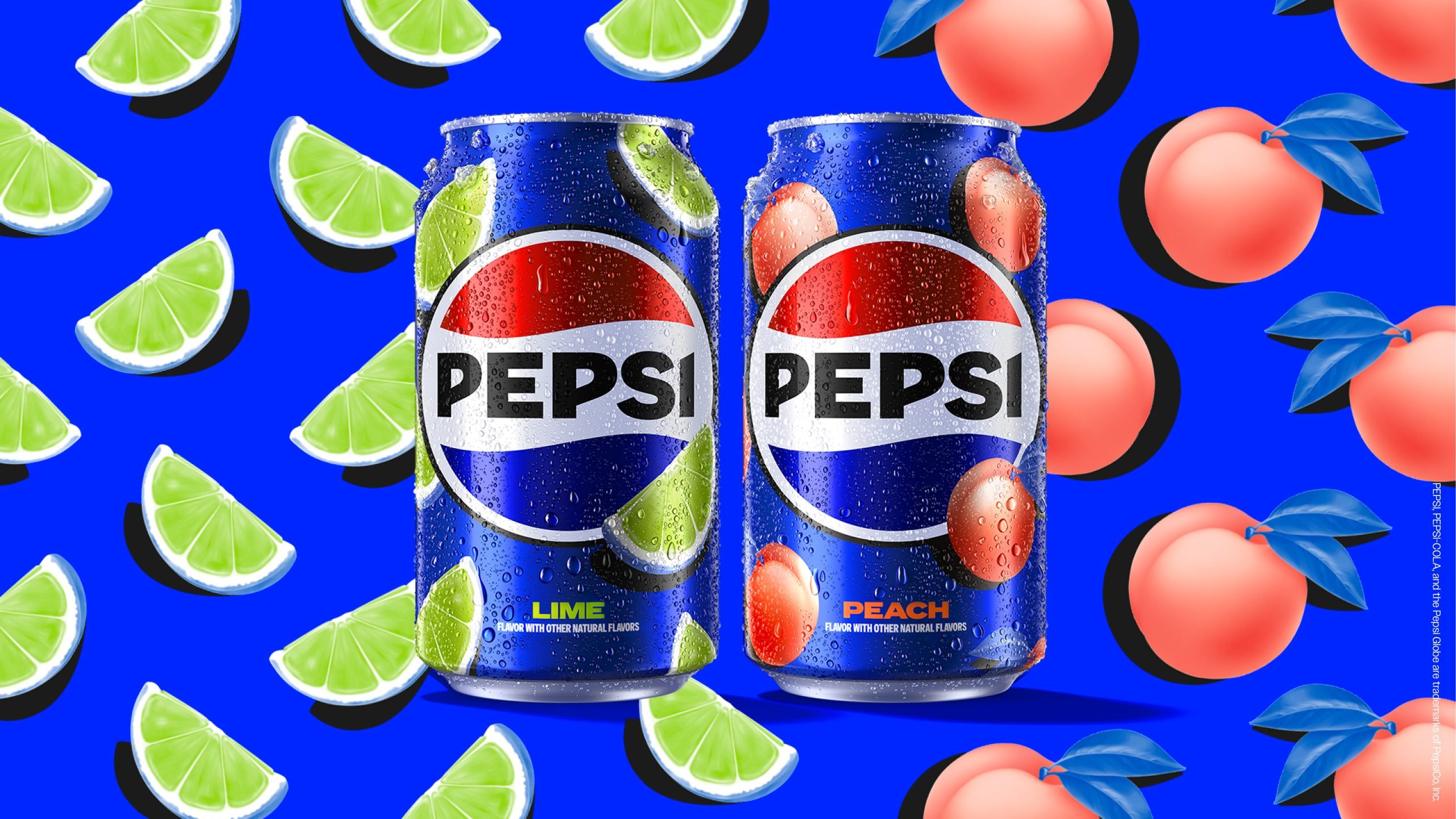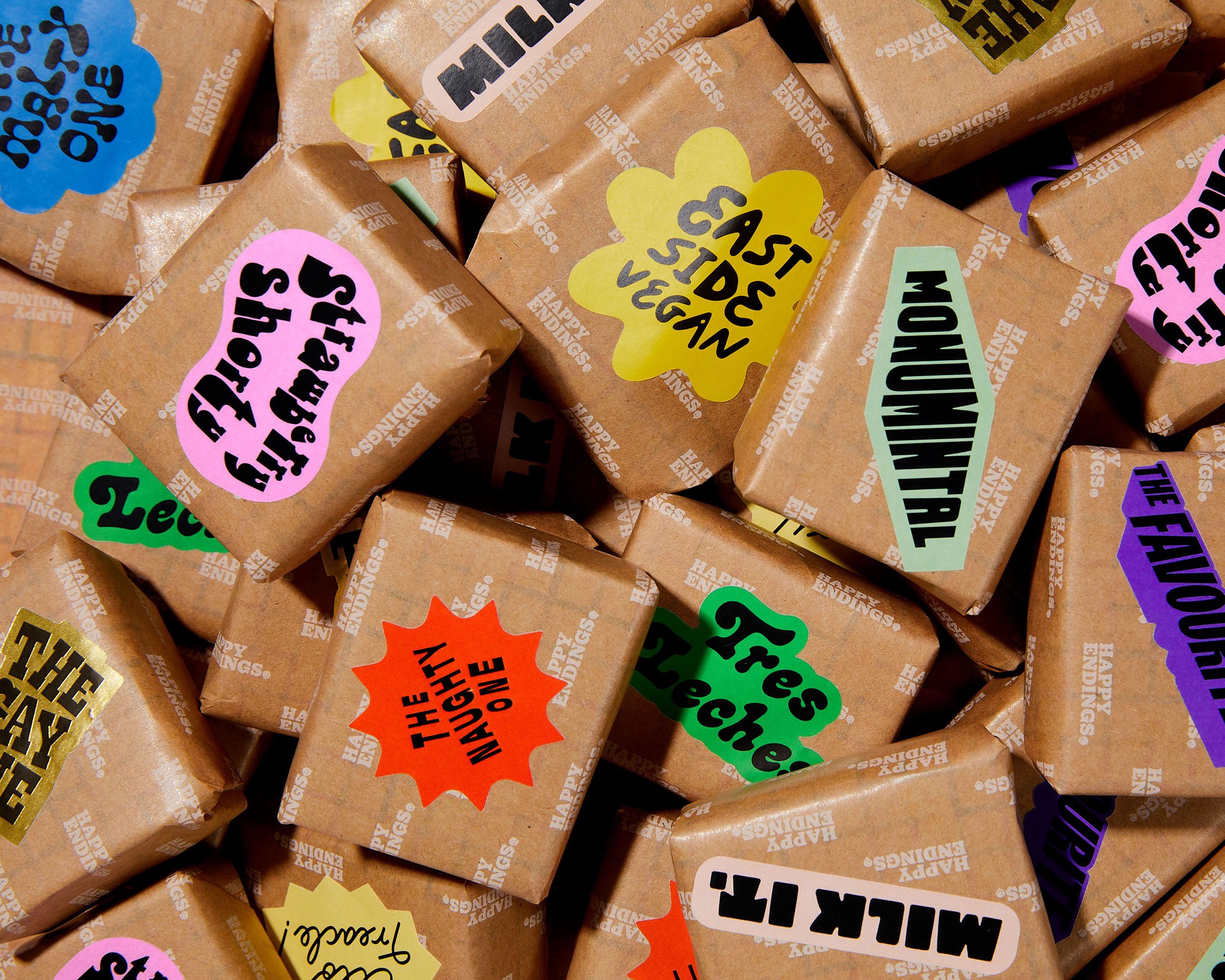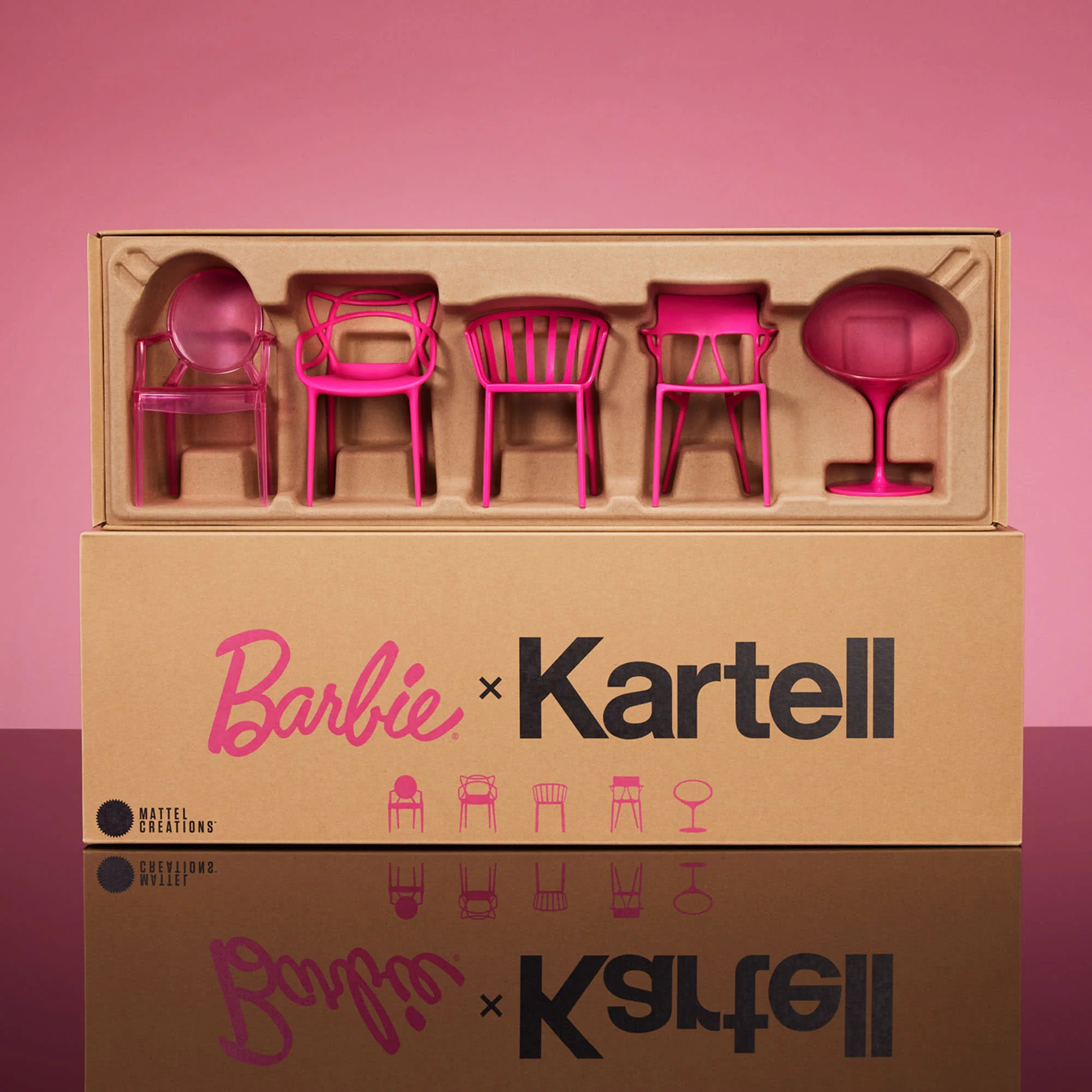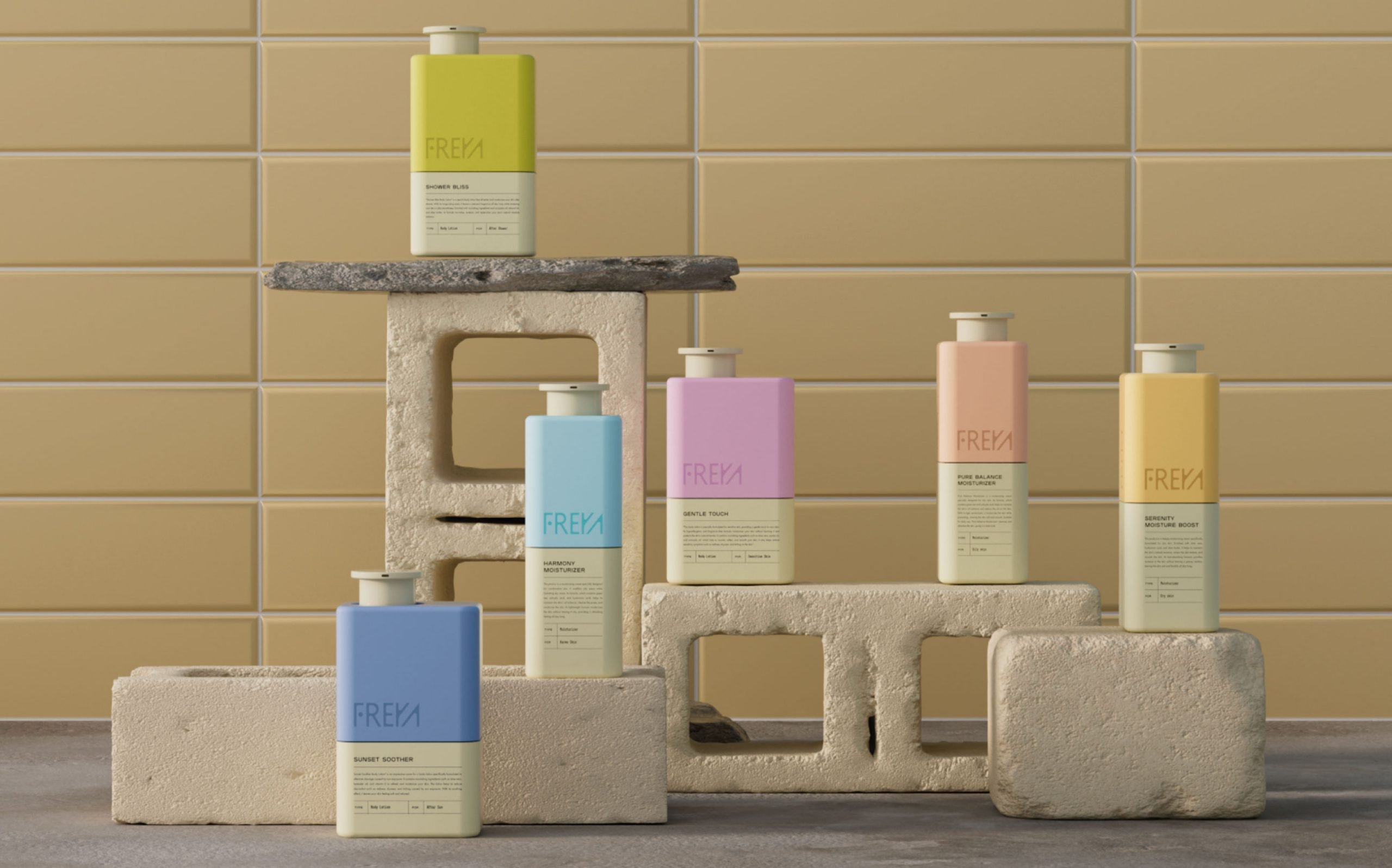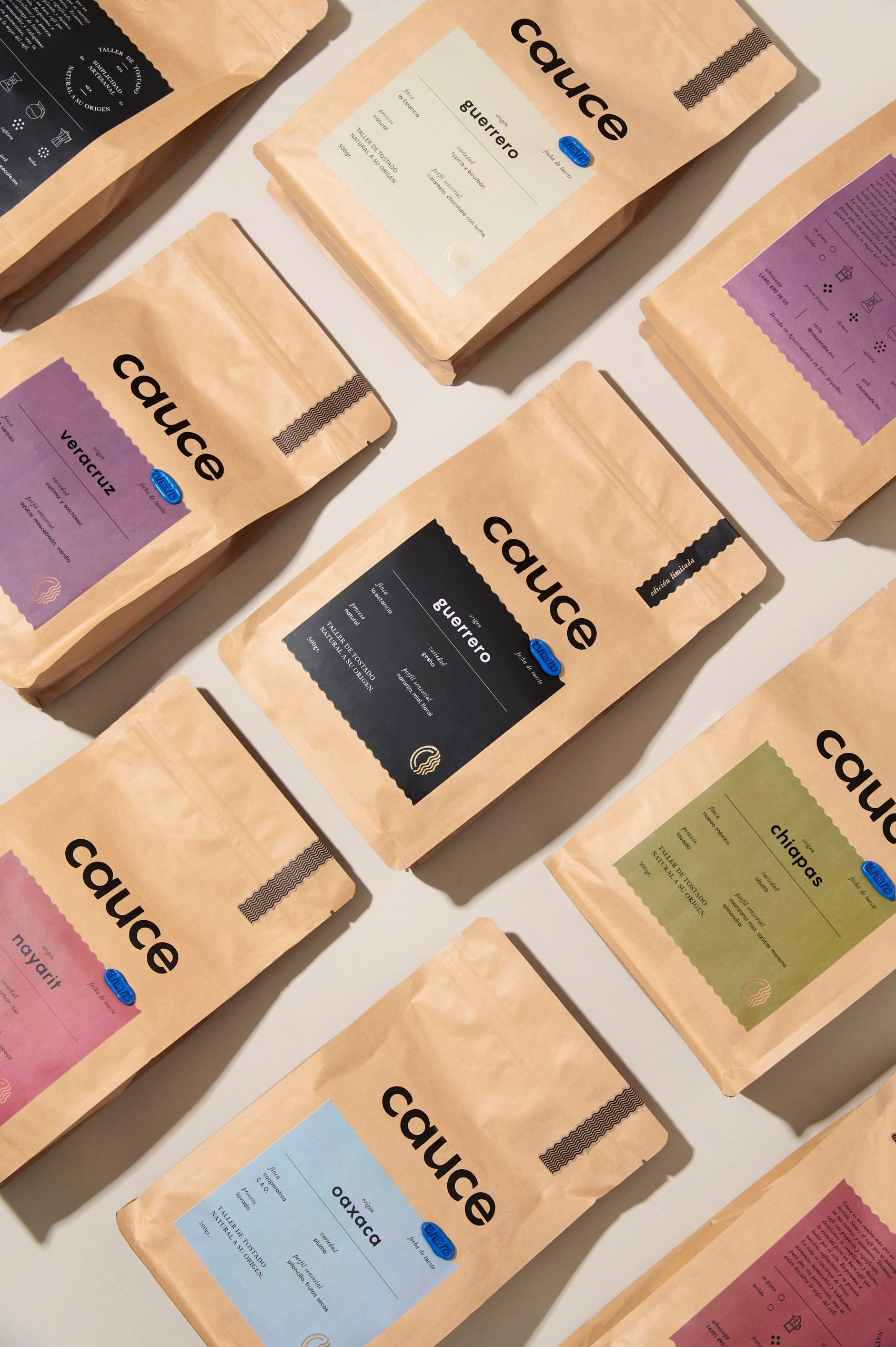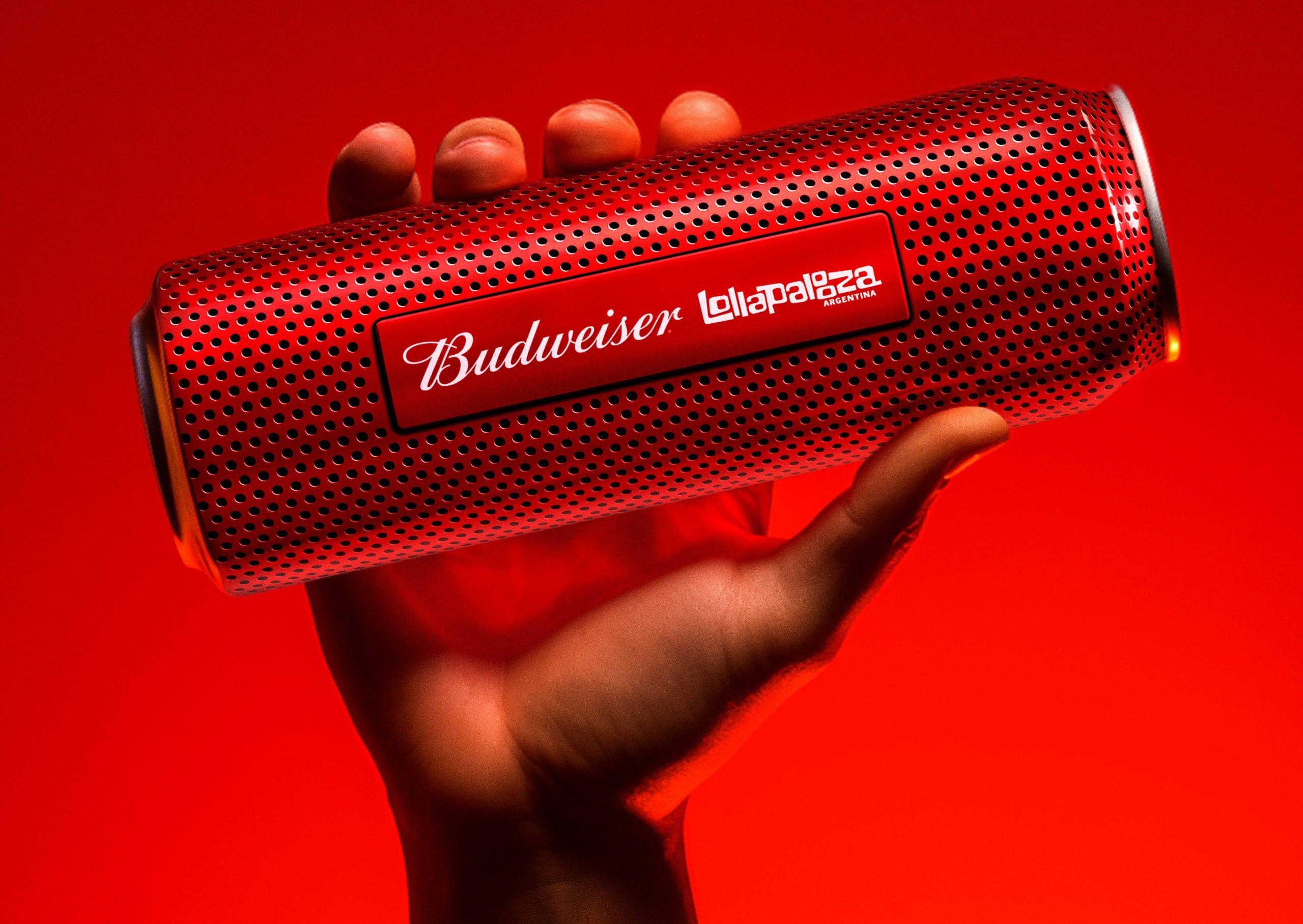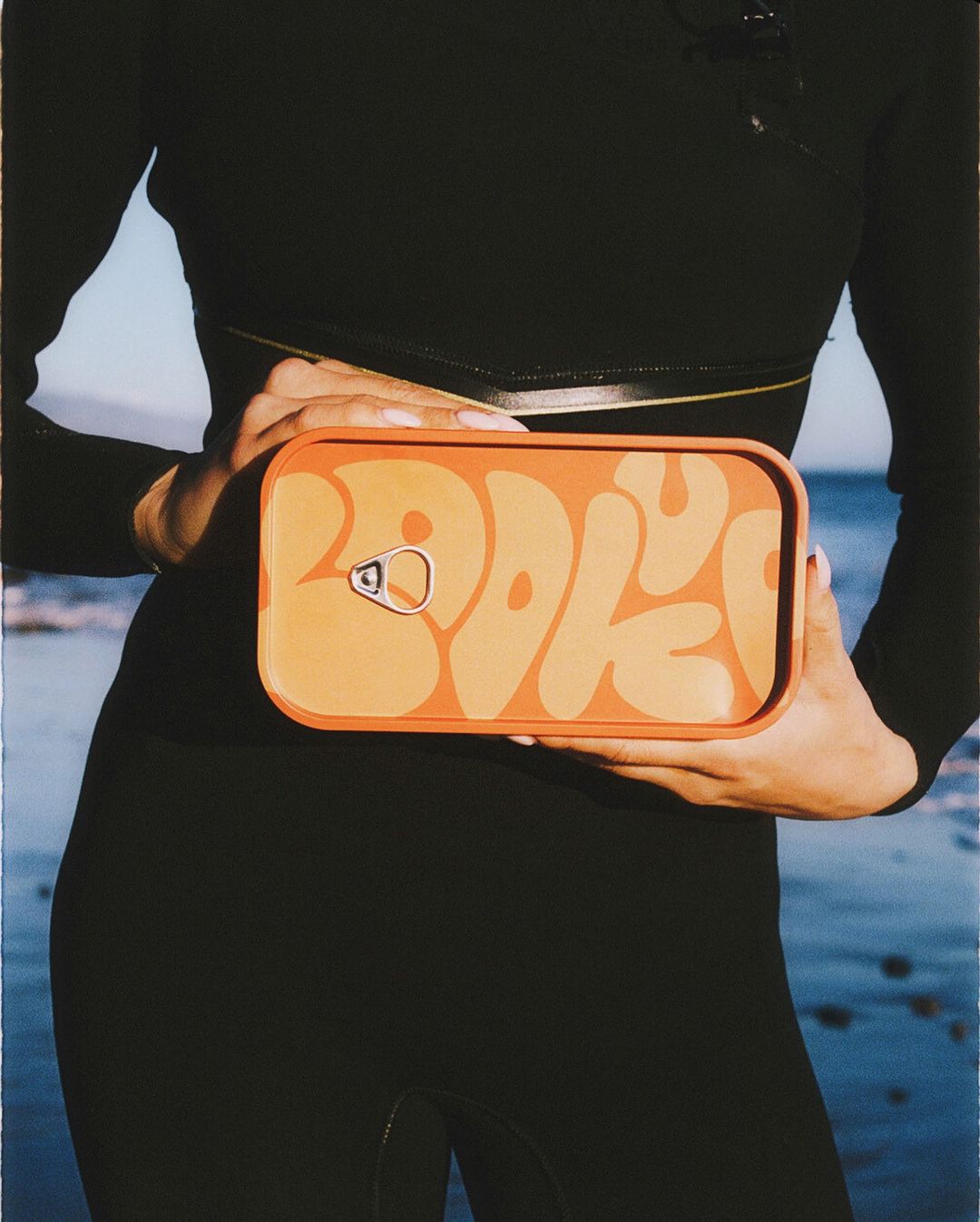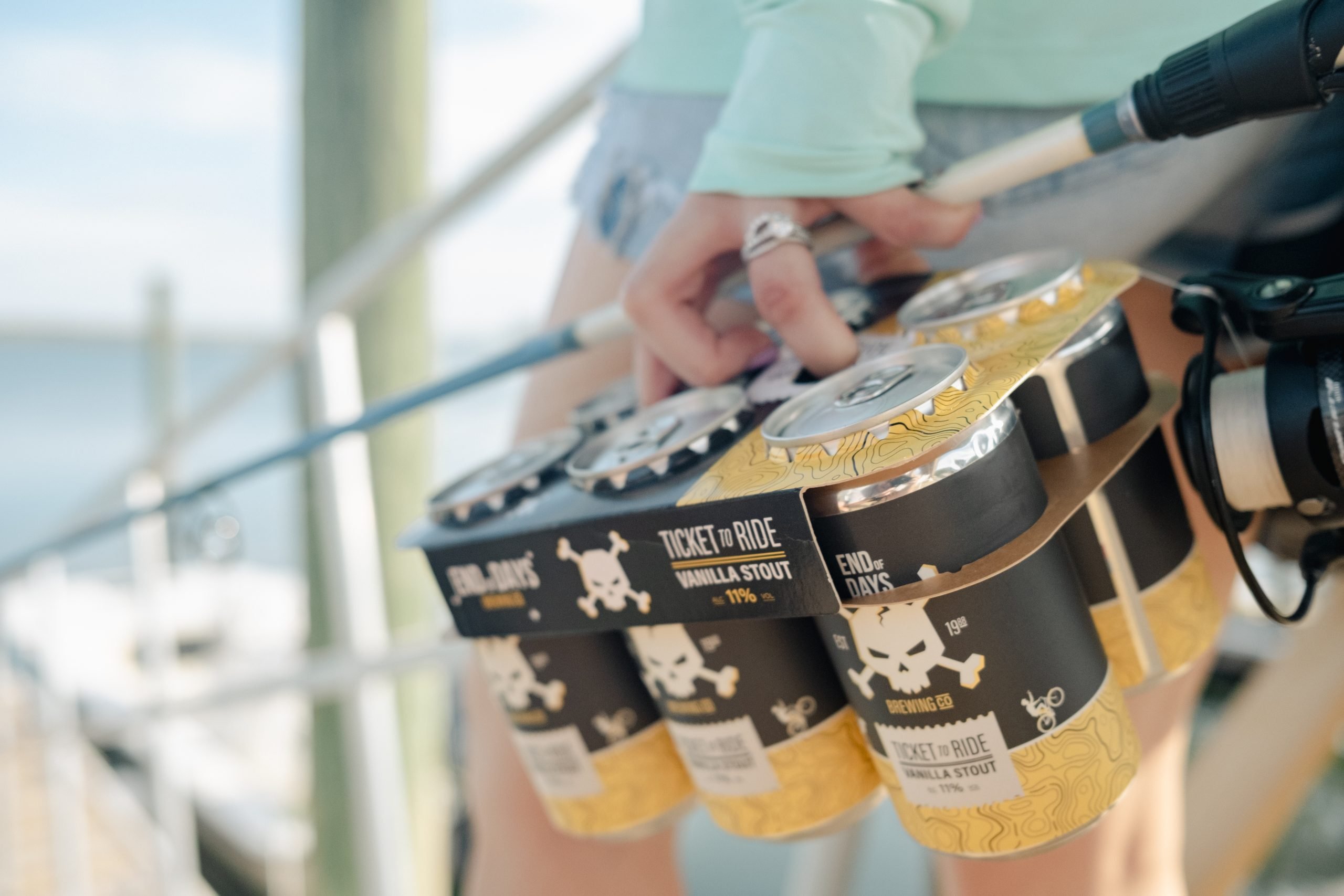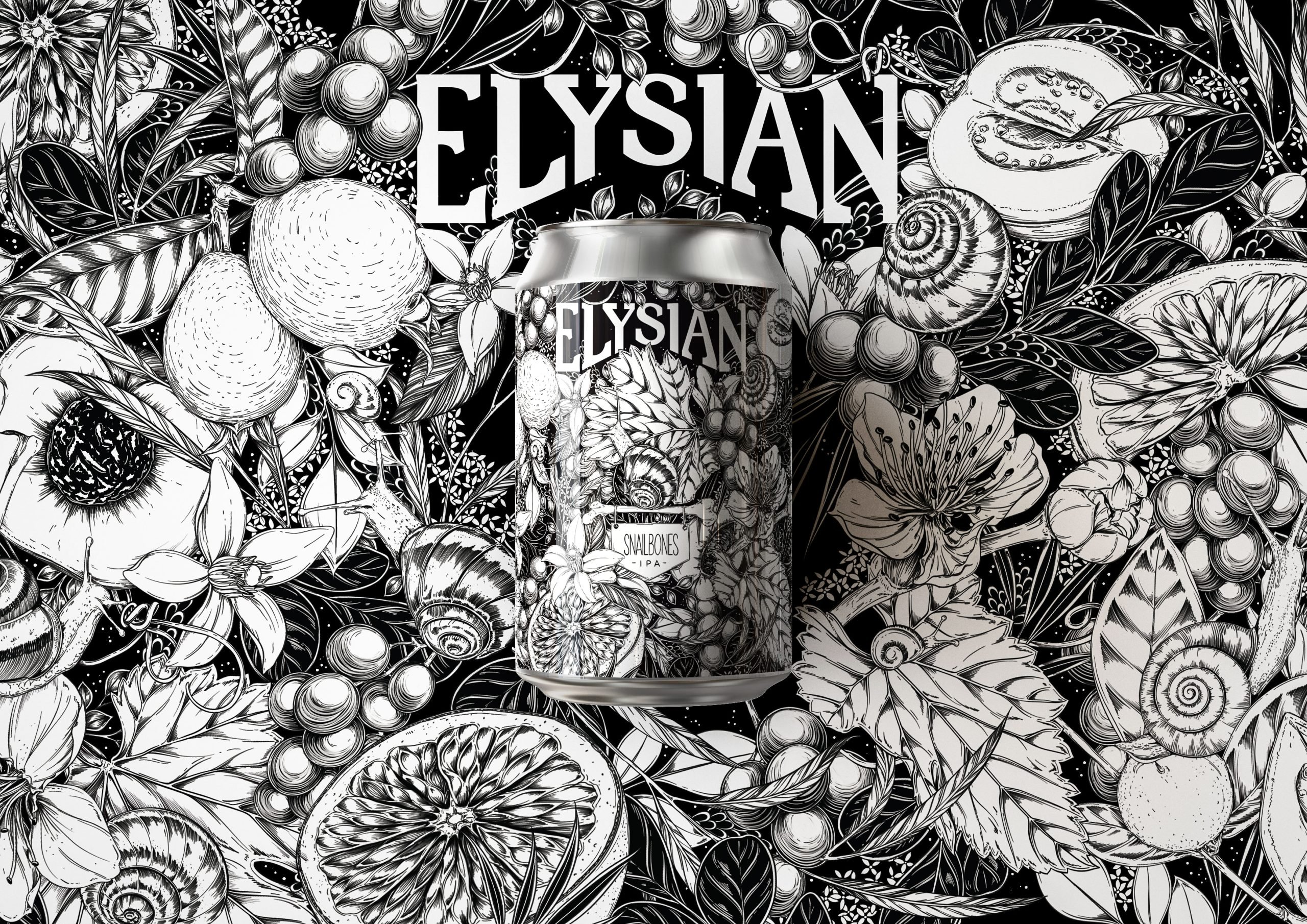In the summer of 1984, beloved musician Prince released what is perhaps his most significant album, Purple Rain. The soundtrack for the eponymous film gained commercial and critical success on its own and bridged the gap between several musical genres such as funk, R&B, rock, and pop.
It also led to one of the most recognizable graphics on packaging in recent history, the Parental Advisory Label (PAL).
Tipper Gore knew little about Prince before purchasing Purple Rain. She knew her daughter Karenna enjoyed “Letâs Go Crazy,” but listening to the entire album and hearing the track “Darling Nikki” was a bridge too far as it depicted an explicit reference to a woman masturbating in a hotel lobby. Shocked and appalled, Mrs. Gore would round up other influential Washington D.C. spouses and form the Parentsâ Music Resource Center (PMRC) to create a mandated rating system for music modeled after the Motion Picture Associationâs age-based system.
